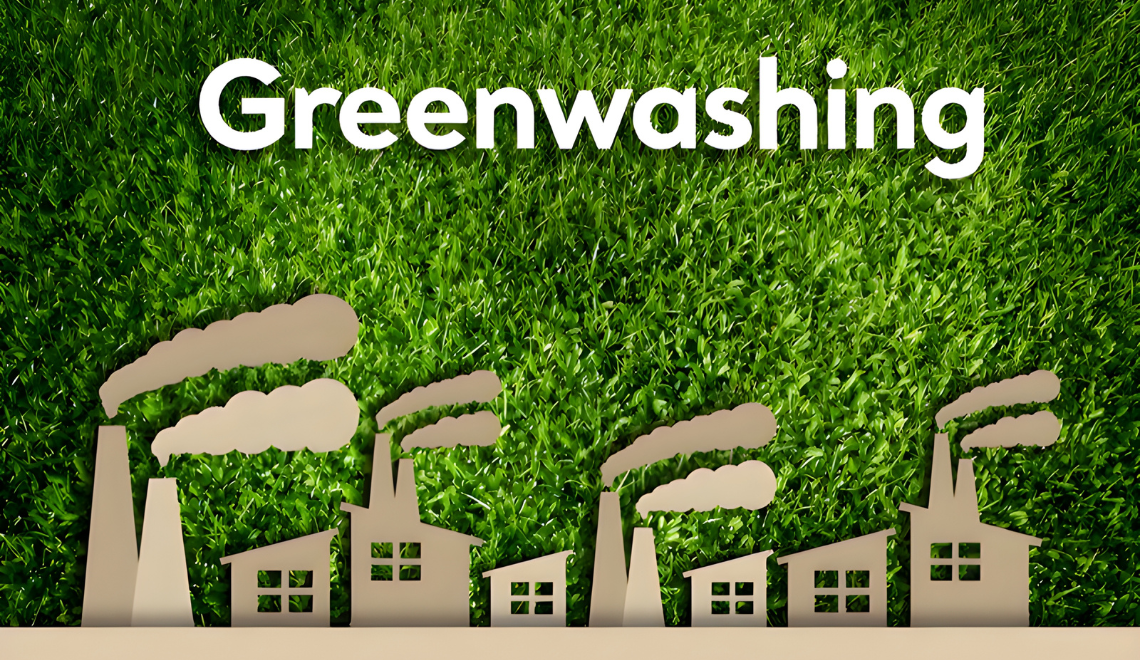Over the last two decades, disclosures about ESG criteria have revealed a significant shift in corporate sustainability practices. From the early 1980s, these evolved from merely articulating commendable intentions and enhancing internal efficiencies to confronting complex business issues, which include a wide range of strategic relationships and activities. Although voluntary in many regions, ESG disclosures have emerged as a significant focal point of research, particularly in elucidating the factors that motivate companies to exhibit transparency regarding their environmental, social, and governance initiatives. With the rising global scrutiny concerning unethical corporate conduct, there exists mounting pressure on businesses to “account” for their ESG activities and to showcase their impact.
The increased demand for transparency was a pivotal theme at the recent COP29 summit, underscoring the pressing need for companies to move beyond greenwashing and adopt authentic climate communication. As governments implement more stringent regulations regarding environmental claims, brands and their advertising agencies are facing increasing pressure to communicate their sustainability commitments with integrity. This transition truly needs a quantum shift in strategy whereby environmentally friendly messaging is powerful but backed by real action on climate-related issues.
Regulation Pressure in the Emergence of Greenwashing
The pressure on climate change has reached a record high, and with the spotlight from COP29, governments are poised to implement new, stricter rules regarding environmental claims. Previously celebrated as badges of good ecological credentials, phrases like “climate neutral” or “net zero” are now studied carefully. The reason is simple: whereas they are predicated on carbon offsetting rather than decreases in emissions, many claims are being made. For instance, a company may declare itself “net zero” by purchasing carbon credits to offset its emissions balance while continuing to conduct business as usual. This approach will give the illusion of progress without affecting the carbon footprint at all.
Misleading claims not only pose the risk of potential regulatory penalties but also engender reputational harm. Consumers are becoming increasingly more informed regarding sustainability and are prompt to point out discrepancies. As consumers’ perception of the authenticity of efforts to commit becomes more acute, brands that are unable to walk the line risk losing consumer trust adeptly. As more stringent definitions are emerging from the EU and the USA, particularly from the FTC, regarding the “sustainable” claim, more ambiguous or misleading terms are being removed more quickly than ever before.
Marketing and sustainability: A gap in corporate climate communication
One of the fundamental problems in the anti-greenwashing struggle is the delineation between a firm’s marketing and sustainability departments. Marketing units are always concerned with creating engaging and emotionally appealing narratives that resonate with their target audience. In contrast, sustainability teams focus more on the accuracy and authenticity of environmental statements, ensuring that these statements accurately represent the firm’s climate activities.
This often results in mixed messages. For instance, a marketing organisation could emphasise that the product being sold is “eco-friendly” because it is packed in recyclable materials. However, when members of the sustainability team highlight that the production process remains carbon-based, the message created is misleading. The lack of close coordination between sustainability teams and marketing teams often results in oversimplification or exaggeration of sustainability efforts, leading to allegations of greenwashing.
To address this gap, mandatory ESG training for employees can ensure they are equipped to evaluate their actions and align with the company’s sustainability goals. Additionally, selecting advertising agencies based on their expertise in ESG mandates can help create credible, impactful messaging.
The marketing teams must focus on transparency rather than using jargon, and the sustainability teams must communicate their ideas and achievements engagingly and effectively. Whenever these departments operate in a silo, the chances of false declaration become more prominent, which means that the brand is subjected to regulatory as well as reputational risks.
Differentiating Through Transparency: A Potential for Authentic Brands
Stricter regulations and growing consumer distrust have significantly increased the opportunity for any company which has factual environmental credentials. Brands that adopt a commitment to transparent and truthful communication about their sustainability initiatives clearly differentiate themselves from a market that is otherwise crowded. That difference isn’t just about compliance; it’s about building a foundation of trust with increasingly more eco-conscious consumers.
Transparency is key. Rather than relying on ambiguous terms like “carbon neutral,” companies should disclose details about their own environmental footprint. That can include disclosing data about carbon emissions, outlining specific steps being made to reduce them, and explaining offsetting programs that are in place. By refining the story and avoiding simplistic statements of fact, companies can foster a much healthier relationship with consumers who dislike being misled.
For instance, Patagonia, a company celebrated for its dedication to environmental causes, has established its reputation through a transparent approach. The brand candidly shares the challenges it encounters in its pursuit of sustainability, recognising areas where further improvement is necessary. This level of honesty resonates with consumers and bolsters the brand’s credibility. Similarly, firms that take such steps can gain a competitive advantage, demonstrating that their sustainability promises are more than just marketing window dressing.
The Role of Advertising Agencies in Supporting Authentic Climate Communication
It will be crucial for advertising agencies to help brands navigate the evolving landscape of climate communication. As sustainability communications continue to become more complex, these agencies must lead beyond clever slogans and develop authentic stories about their brands. For this, they will require a substantive understanding of the environmental efforts being made by their brand as well as a general sense of the regulatory landscape.
Agencies can be that middle carrier, addressing the marketing and sustainability team’s gap, ensuring that the messages designed are interesting and reliable. This effort requires agencies to allocate resources for training their employees on climate-related issues and the complexities surrounding claims of sustainability. The agencies enhance their ability to advise clients effectively on the concerning matters associated with greenwashing by gaining expertise in the language of climate science, regulation, and claims.
Agencies can help present more layered climate storytelling: something more than mere green card playing. This can be demonstrated with an example of measures a brand has taken to reduce emissions in its supply chain, rather than simply backing a “carbon-neutral” product. This achieves a richer meaning and enables consumers to make a more informed choice.
Consumer Messaging in procuring trust among consumers
As scepticism toward consumers increases, so does the demand for trust in climate messaging. Brands set realistic as well as measurable sustainability targets, and remaining transparent about the progress made towards their achievement is critical. For example, a company sets a big goal to reduce carbon emissions by 50% in five years. By offering consistent updates on its advancements, including any obstacles or difficulties encountered, the brand demonstrates its dedication to authentic climate action.
With the easy availability of fact-checking and quick access to almost all forms of information online, authenticity is a pressing need. Authentic brands will find that confidence in honest communication tends to build greater loyalty among environmentally conscious consumers. This can lead to a sustainable advantage, as trust becomes a key point of differentiation in the market.
Conclusion
It has highlighted the critical point that brands and their advertising agencies face. And the bottom line is clear: greenwashing is no longer a viable solution. The need for honest and transparent communication about climate commitments is more overdue than ever, with the ever-tightening regulatory lid on polluters’ mouths and escalating scrutiny from consumers. While this preserves the brand from pitfalls associated with claims under false pretences, it might bring much more: leadership in combating climate change. A commitment to truth in messaging supports interdisciplinary collaboration between marketing and sustainability teams.
Agencies play a crucial role in guiding brands toward responsible and truthful climate communications. In the process of helping to set the record straight, agencies can play a significantly larger role in driving far-reaching cultural change. This is achieved through environmental claims that are made in actions that are measurable and concrete, thereby building consumer trust in what they are getting. This takes one into a future where the truth concerning climate becomes the norm rather than the exception in a world with greenwashing.




